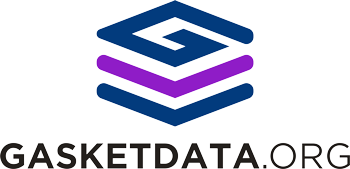Product Comparison

There are no products in the comparison list. Go to the product categories and to the single products to add them to the comparison table. You can add up to 4 products to the comparison.
Show all products
Show all products
Error Unable to load product comparison list!
Total: /4
